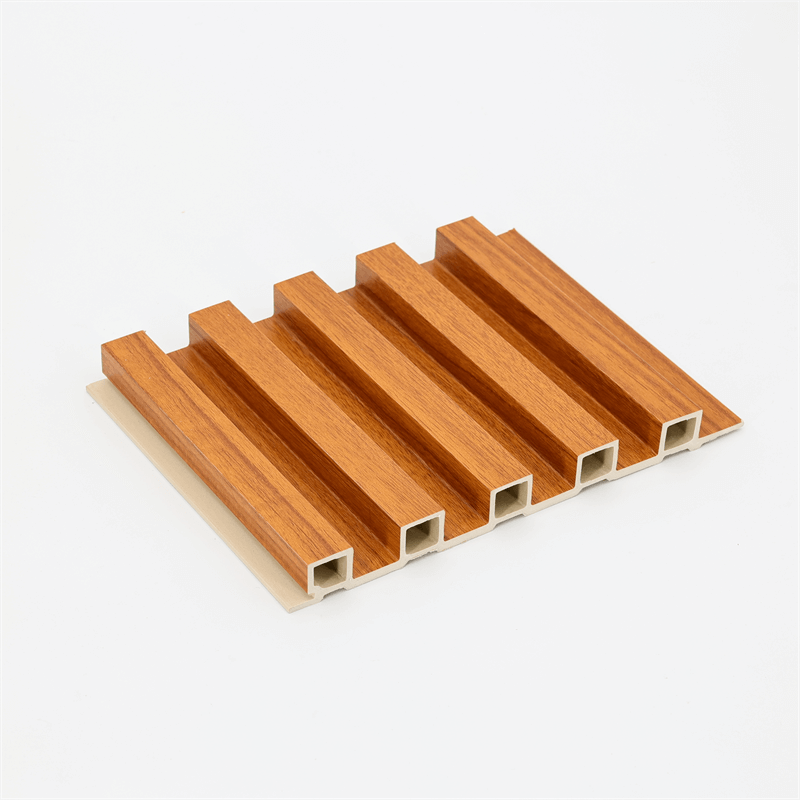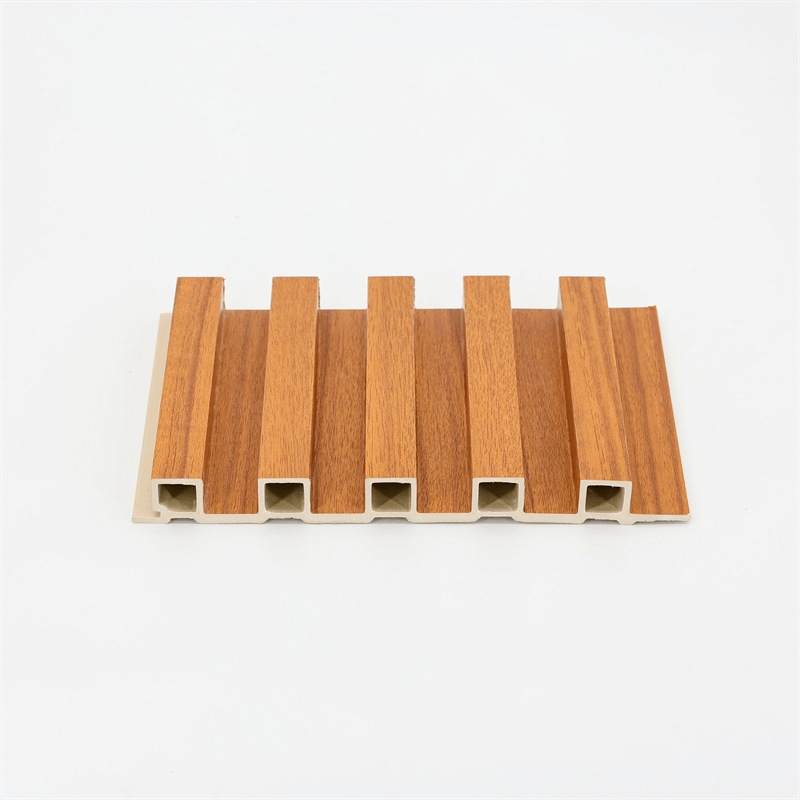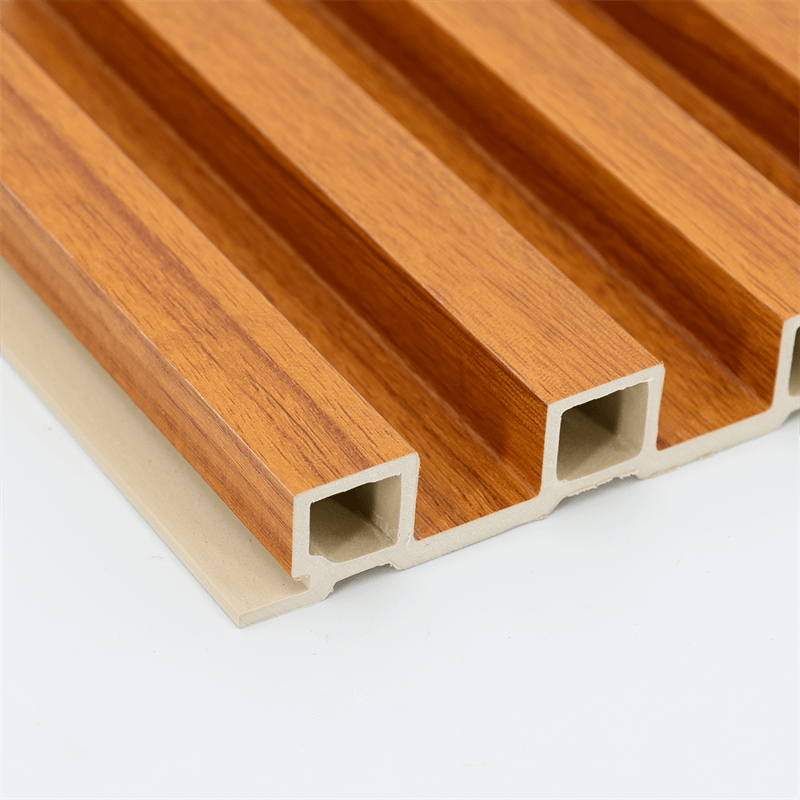
In the ever-evolving construction and home improvement industry, selecting the right building materials is crucial for creating durable and visually appealing spaces.
Wood Plastic Composite (WPC) has emerged as a popular alternative to traditional materials, offering a sustainable and versatile solution.
As consumers and builders seek cost-effective options, comparing WPC price with other building materials becomes essential for making informed decisions that provide the best value for money.
In this article, we will explore the value proposition of WPC by comparing its price, benefits, and performance with other common building materials.
Understanding WPC and Its Advantages
Before comparing WPC with other building materials, it’s essential to understand the unique attributes and advantages of WPC:
Eco-Friendly: WPC is an eco-friendly material made from recycled wood fibers and thermoplastic resins.
By reducing the demand for traditional wood resources, it contributes to sustainability and responsible environmental practices.
Durability: WPC offers superior durability compared to natural wood, with resistance to moisture, decay, and pests.
Its robust composition ensures a longer lifespan and reduced maintenance costs over time.
Versatility: WPC is available in a wide range of applications, from decking and cladding to furniture and flooring.
Its versatility makes it suitable for various construction and design projects.
Aesthetic Appeal: WPC maintains the natural look and feel of wood, providing a warm and inviting ambiance.
It is available in various colors, textures, and finishes, offering design flexibility.
Low Maintenance: WPC requires minimal maintenance, eliminating the need for frequent staining, sealing, or painting.
This saves time, effort, and long-term maintenance expenses.

Comparing WPC with Traditional Wood
One of the most common comparisons is between WPC and traditional wood.
While natural wood possesses its timeless appeal, WPC offers several advantages that make it a compelling alternative:
Price: WPC is generally more cost-effective than natural wood, especially high-quality hardwood.
Its lower maintenance requirements and longer lifespan contribute to long-term cost savings.
Durability: WPC outperforms natural wood in terms of durability and resistance to moisture and pests.
It does not rot, warp, or splinter, ensuring a longer-lasting and safer solution.
Maintenance: Natural wood requires regular maintenance, such as staining and sealing, to protect it from the elements.
In contrast, WPC’s low maintenance requirements make it an attractive option for homeowners seeking convenience and cost-effectiveness.
Sustainability: As an eco-friendly material, WPC supports sustainable building practices, making it a responsible choice for environmentally conscious projects.
WPC vs. Composite Decking
Composite decking is another popular alternative to natural wood, and it shares some similarities with WPC.
However, there are distinct differences that affect their pricing and value:
Composition: WPC is made from a combination of wood fibers or flour and thermoplastic resins,
while composite decking incorporates a mix of wood fibers and plastic.
Price: WPC is generally more cost-effective than composite decking due to its composition.
It uses a higher percentage of recycled wood fibers, making it a more budget-friendly option.
Performance: Both WPC and composite decking offer excellent durability and resistance to moisture and pests.
However, WPC’s higher wood content may result in a slightly softer surface.
Aesthetic Appeal: WPC and composite decking offer similar aesthetic appeal, replicating the look of natural wood.
Both are available in various colors and finishes to suit different design preferences.

Comparing WPC with Other Materials
Apart from natural wood and composite decking, WPC can be compared with other building materials commonly used in construction and design:
WPC vs. PVC: Polyvinyl chloride (PVC) is another synthetic material used for decking and cladding.
While both PVC and WPC are low-maintenance options, WPC’s wood-like appearance often makes it the preferred choice for those seeking a natural look.
WPC vs. Concrete: Concrete is a standard building material used for foundations, flooring, and structures.
While concrete is durable and long-lasting, WPC offers greater design flexibility and a more comfortable underfoot feel.
WPC vs. Ceramic Tiles: Ceramic tiles are commonly used for flooring and wall cladding.
While tiles provide a smooth and clean surface, WPC offers better impact resistance and a warmer feel underfoot.
WPC vs. Solid Wood Flooring: Solid wood flooring is known for its natural beauty and longevity.
However, WPC flooring can mimic the look of wood while offering enhanced durability and lower maintenance requirements.
Comparing WPC price with other building materials reveals its value for money,
making it a compelling choice for modern construction and design projects.
While natural wood possesses its timeless appeal, WPC offers superior durability, versatility, and sustainability.
When compared with composite decking, WPC emerges as a more budget-friendly option with similar performance attributes.
As consumers and builders seek cost-effective and sustainable solutions,
WPC proves to be an eco-friendly and visually appealing material that provides long-term value.
Its ability to replicate the look of natural wood while offering enhanced durability and low maintenance makes it a winning choice for outdoor decking, cladding, and interior applications.
In conclusion, WPC’s value for money lies in its competitive pricing, eco-friendly nature, durability, and aesthetic appeal.
Embracing WPC in your projects not only supports sustainable construction practices but also ensures enduring and visually stunning spaces that stand the test of time.
As the construction industry moves towards eco-consciousness and innovative solutions, WPC’s place as a versatile and cost-effective material remains secure.
